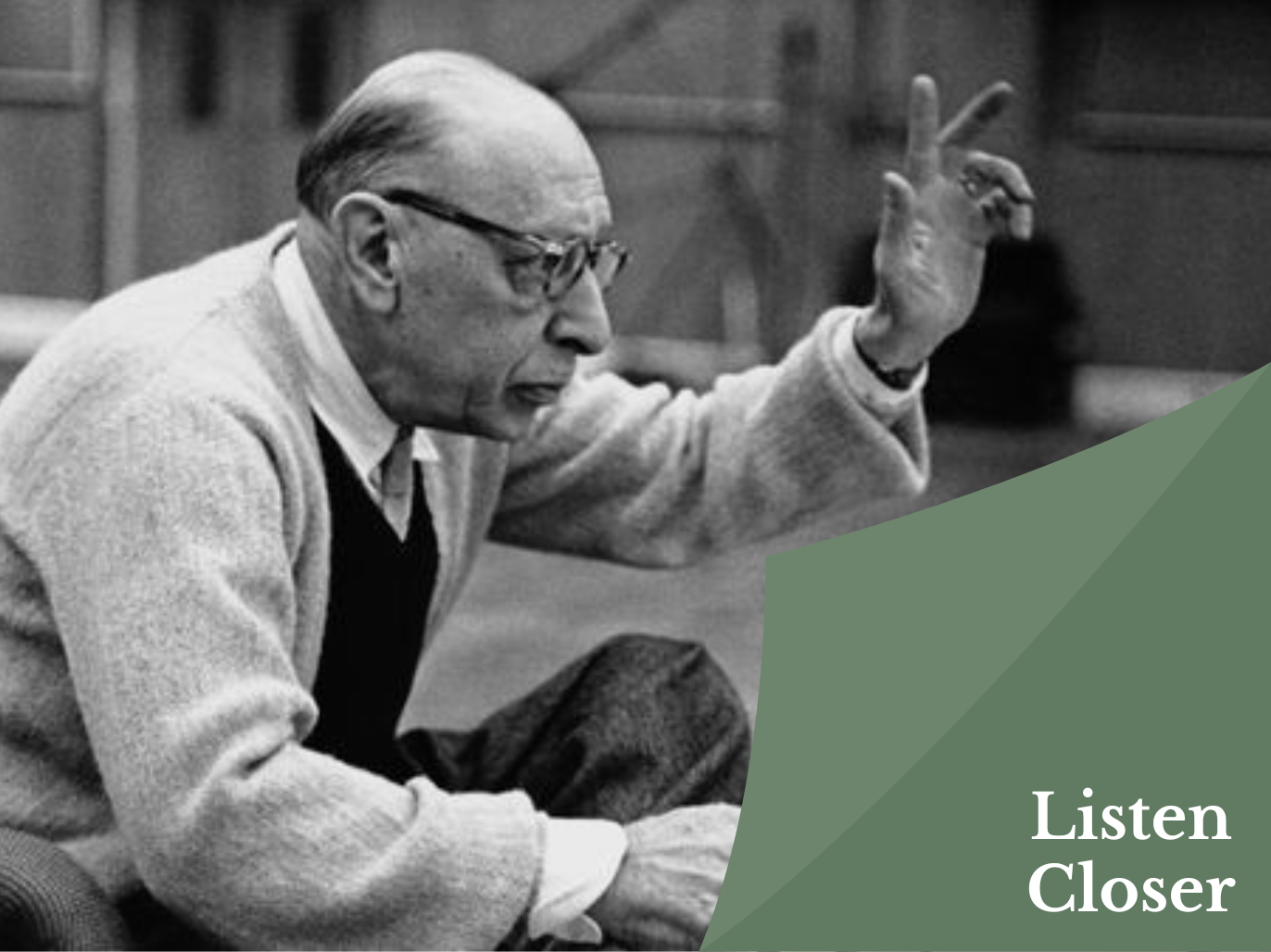Remembered as one of the most innovative ballets of the 20th century, Igor Stravinsky’s Firebird is an ode to avant-gardism and Russian culture and catapulted the 28-year-old into international fame. Let’s take a step back and travel to Paris in 1910, to the gilded halls of Opéra Garnier for the premiere of Stravinsky’s new ballet, The Firebird, and explore the influence of his teacher Nikolai Rimsky-Korsakov on this career-making work.
View author's page
Reading time estimated : 5 min
The Firebird is a masterpiece in modern orchestration that incorporates Russian folk music into the bold and complex harmonic language Stravinsky developed during his time as a student of Nikolai Rimsky-Korsakov. Commissioned by the Russian choreographer Sergei Diaghilev as part of his Ballets Russes, The Firebird became the first of three major ballets that would bring Stravinsky out of obscurity and into the forefront of Russian Modernism. The mark of Rimsky-Korsakov can be found throughout The Firebird, from his use of folk music to the harmonic structure and orchestration.
World-building through Leit-Harmony and Folk Melody
Opening with low strings in the distance alongside a gently oscillating chromatic melody, we are introduced to a theme or “leit-harmony” that will later signify the dark presence of Kasheij the Immortal and his cohort. Similar to Wagner’s “leitmotif”, the leit-harmony is a musical cue that accompanies each character, in this case through dissonant harmony. Slowly the lower brass and winds begin chirping softly in the background, followed by violins, and the playful and infectious melodies begin to bubble and boil to the surface.
Stravinsky uses folk music to differentiate between the supernatural, signified here by the aforementioned leit-harmony and the diatonic folk melodies that signify the natural world. This is a clear hangover from the traditions instilled by Rimsky-Korsakov and The Five, the group of Russian composers who aimed to define a national sound. A perfect example of Stravinsky’s use of Russian folk music is the Khorovod (Ronde) of the Princesses. We hear a beautiful diatonic traditional melody carried by the oboe and the woodwinds which conveys a sense of innocence and signifies the mortal world.
Stravinsky himself explained his harmonic intentions in his annotations on the scores of the piano rolls made in the 1930s:
“When I composed The Firebird I had not yet completely broken with all the devices covered by the term Music Drama… Thus, in The Firebird all that is concerned with the evil genius, Kastchei, all that belongs to his kingdom is characterized in the music by what may be termed Leit-harmony…. In contrast with this magical, chromatic music, the mortal element (the prince and the princesses) is allied with characteristically Russian music of a diatonic type.”
In the “Berceuse” from The Firebird, a simple duet from the bassoon and oboe floats over a string accompaniment. But something feels wrong. Stravinsky overlays this simple melody over harmonies that don’t quite align, bringing an unearthly feeling to the harmonic landscape. Elsewhere we hear extremes of orchestration: very low strings with high winds or plucked melodies. This open texture avoids murky scoring and each instrument is heard clearly – a true mark of Rimsky-Korsakov’s influence.
Borrowing melodies from Rimsky-Korsakov
Rimsky-Korsakov’s influence is also clear in the famous Infernal Dance. Stravinsky borrows a melody from the “Sabbath of the Infernal Spirits” from Act Three of Rimsky-Korsakov’s opera Mlada and masterfully transforms the rhythm using irregular accents and syncopation, something that would later become a trademark of the young composer.
In the ballet’s triumphant ending, he again borrows from Rimsky-Korsakov’s folk song collections. This can be heard in the eerie opening melody played by the horn solo:
Igor Stravinsky was not Diaghalev’s first choice when planning the 1910 ballet season, but the risk paid off for both Diaghalev and Stravinsky. The Firebird was a resounding success with the Parisian public and resulted in two more landmark collaborations: Petrushka and The Rite of Spring, which would solidify Stravinsky’s status as a modern master. Stravinsky would later rearrange The Firebird for orchestra and piano and the 1919 version for orchestra is performed regularly by orchestras around the world.
